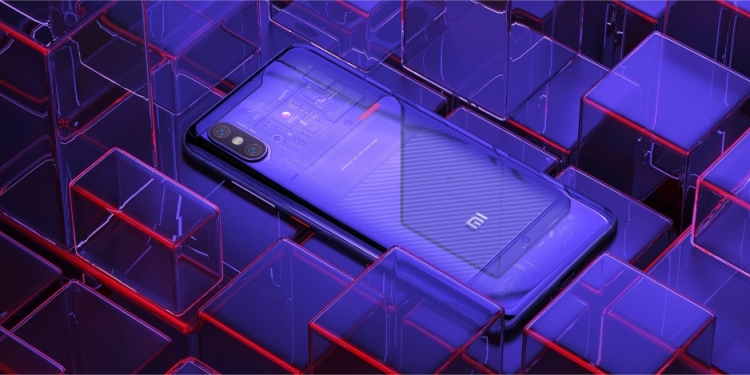Yes, they skipped 7, but who cares? Xiaomi’s brand new flagship smartphone has finally launched as the Mi 8. And, from the looks of things, this 2018 device holds true to a lot of what we’ve already come to love about Xiaomi smartphones.
Oh, and there are two more variants besides the normal Mi 8 that’s designed for both the baller and the more sensible of you.
Mi 8
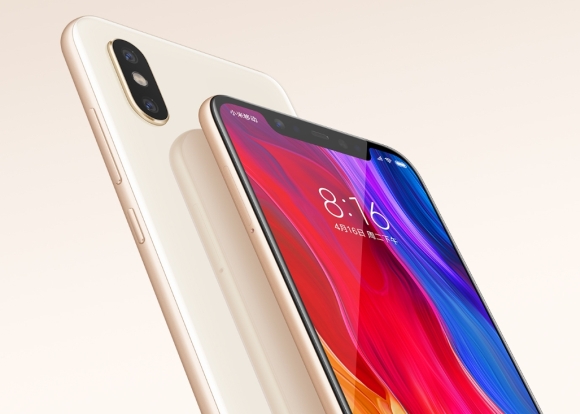
Named in conjunction with Xiaomi’s 8th anniversary, the Mi 8 is one of the most radical redesigns the company’s traditional flagship lineup has seen in quite a while. I guess you could kind of call it the iPhone X of Xiaomi’s flagship lineup because it sure as hell looks like it.
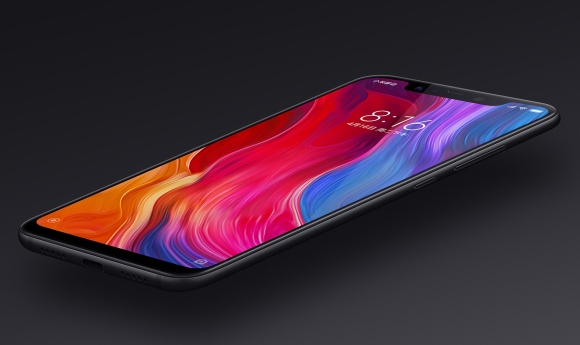
Nevertheless, lets get into what’s what on this brand new phone. First up, and probably the most obvious thing about this phone, is Mi 8’s display. Now, in true 2018 fashion, the smartphone features a large 6.21″ Full HD+ AMOLED display (made by Samsung) that pushes a resolution of 2248×1080 pixels. This gives it an aspect ratio of 18.7:9 — much like the Huawei P20 — and also represents Xiaomi’s first phone to come with a notch.
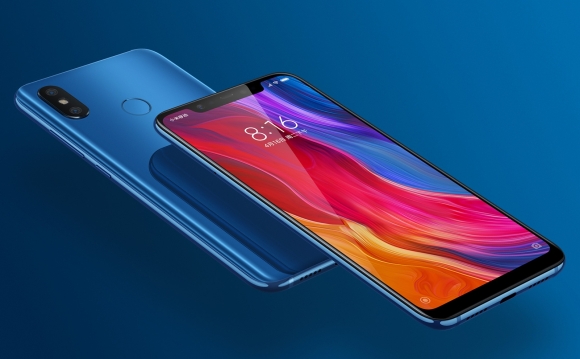
As you’d expect, it has slim bezels all around except for the notch and a slight chin at the bottom. This means the phone has a fairly impressive 88.5% screen-to-body ratio. This panel can also achieve a brightness of up to 600 nits and has a 60000:1 contrast ratio.
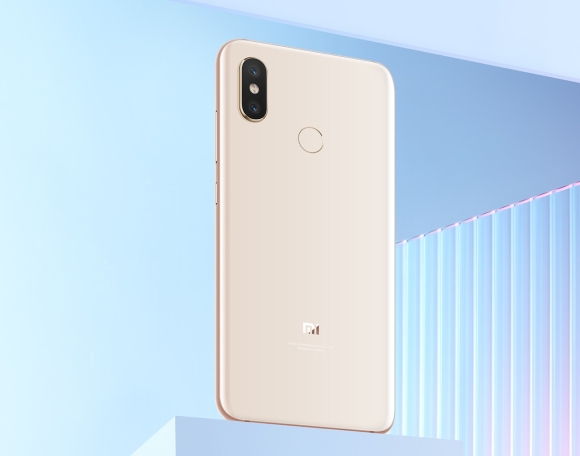
To accommodate the screen that now dominates the front of the phone, Xiaomi’s moved the fingerprint scanner to the back of the Mi 8. This shift also comes with a tweaked body design where the glass and metal sandwich now features a glass back that curves on all four sides towards the 7000 series aluminium frame.
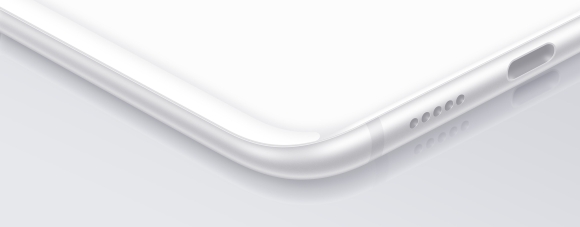
Inside, the Mi 8 features all your usual flagship suspects. It’s powered by a Qualcomm Snapdragon 845 octa-core processor clocked at 2.8GHz mated to 6GB of RAM. There are also three UFS storage options you can choose from: 64GB, 128GB and 256GB.
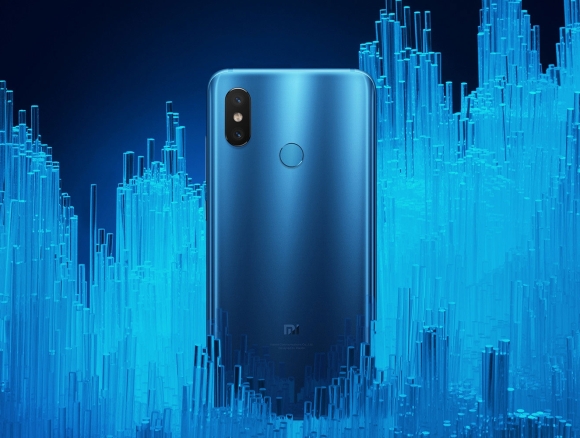
Unfortunately, there is no microSD storage expansion, nor is there a 3.5mm headphone jack. It does charge its 3,400 mAh battery with a USB Type-C port and supports Qualcomm’s Quick Charge 4+ fast-charging protocol. Interestingly, it doesn’t appear that this phone features wireless charging.
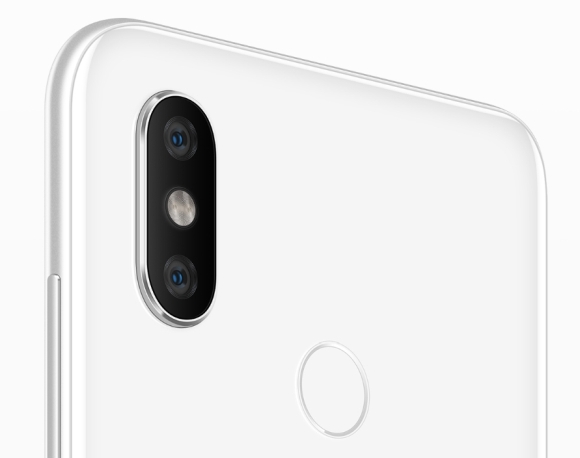
For photos, the Mi 8 borrows hardware from the Xiaomi Mi MIX 2s with a dual camera at the back featuring two 12MP sensors. The main sensor features 1.4-micron pixels and an f/1.8 aperture lens with 4-axis optical image stabilisation. The secondary lens comes equipped with an f/2.4 aperture short telephoto lens which can be used for optical zooming and portrait mode photos.
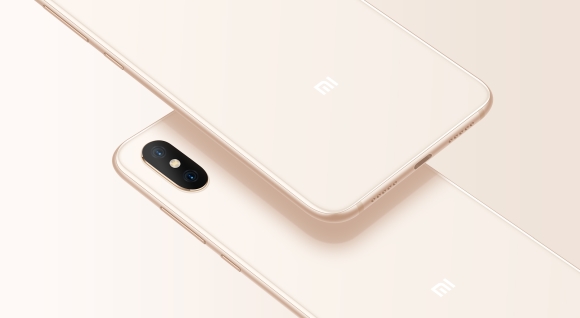
It also comes with AI scene recognition that can identify 206 common photo settings and automatically adjust settings. It also features Studio Lighting modes that you can tweak to change the lighting in your portrait photos ala Portrait Lighting on the iPhone.
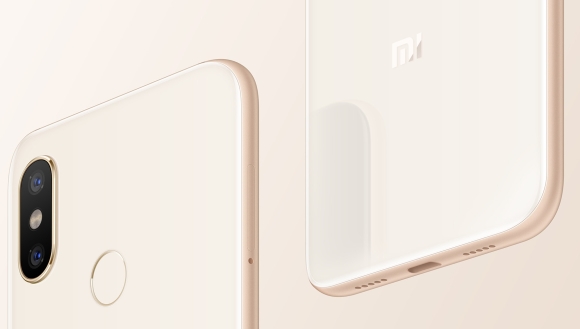
Despite sporting identical hardware, the Mi 8 performs better on DxOMark’s camera test, earning a score of 99 points with 105 points in photography and 97 points in video recording.
In front, you’ve got a 20MP selfie camera with an f/2.0 aperture lens. This sensor has 1.8-micron (4-in-1) large pixels and is capable of portrait selfies and AI beautification features.
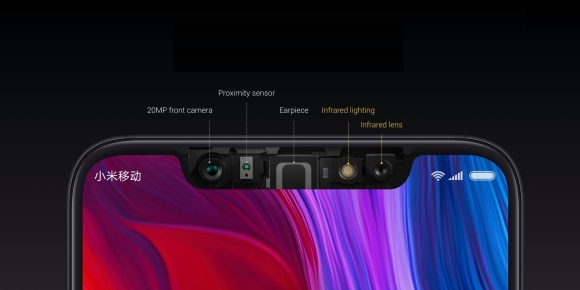
You may have noticed that the notch on the Mi 8 is rather big, especially if you compare it to devices like the Huawei P20. That’s because Xiaomi’s also included an infrared array in the notch which enables infrared face unlock. This is supposed to help the phone unlock securely even in the dark.
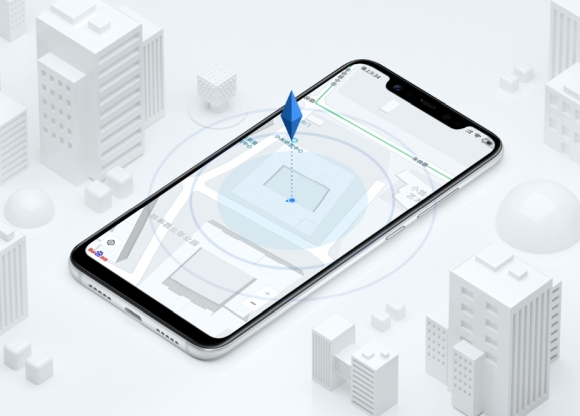
Besides that, Xiaomi’s Mi 8 is also the world’s first smartphone to feature Dual-frequency GPS. This combines the L1 and L5 frequencies to give you far more accurate positional information. GPS has always been a problem for me with Xiaomi phones so I’m pretty stoked about this upgrade.
Here’s how much the Mi8 will cost:
Mi 8 — 6GB RAM, 64GB storage — CNY2,699 (around RM1,678)
Mi 8 — 6GB RAM, 128GB storage — CNY2,999 (around RM1,864)
Mi 8 — 6GB RAM, 256GB storage — CNY3,299 (around RM2,051)
Mi 8 Explorer Edition
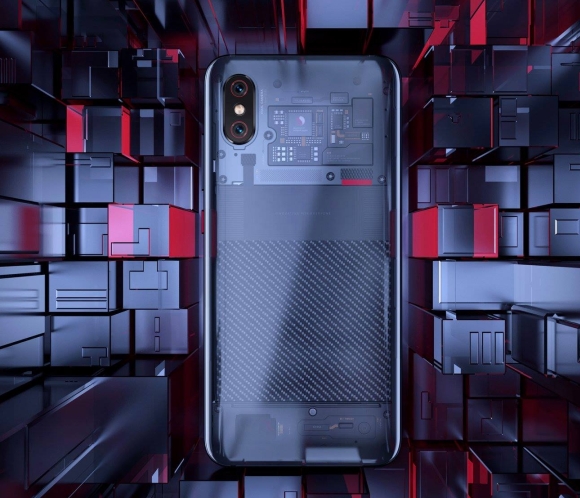
However, if this isn’t extravagant enough for you, Xiaomi’s also got a balls-to-the-wall variant of the Mi 8 called the Mi 8 Explorer Edition. This particular phone comes with a number of upgrades including a new memory configuration that pairs 8GB of RAM with 128GB of UFS internal storage.

Besides that, the Explorer Edition phone comes with a sexy transparent back. From photos, it doesn’t look like the translucent design on the HTC U12+ simply because it looks even more transparent than that.

You may also notice that there isn’t a fingerprint scanner on the back of the phone and that’s because it has been moved to the front…in the display. In fact, the Mi 8 Explorer Edition phone has the first pressure sensitive in-screen fingerprint scanner which is supposed to enhance accuracy and the overall unlocking experience.

But that’s not all because Xiaomi has also improved face unlock on the Explorer Edition, turning it into the first Android smartphone to feature a 3D face unlock system. Yes, 3D face unlock like Face ID. There are even Animoji-like emojis that track your face to boot!

Unfortunately, this phone has a smaller battery than the Mi 8, coming in at just 3,000 mAh.
Xiaomi’s Mi 8 Explorer edition is priced at CNY3,699 (around RM2,300).
Mi 8 SE
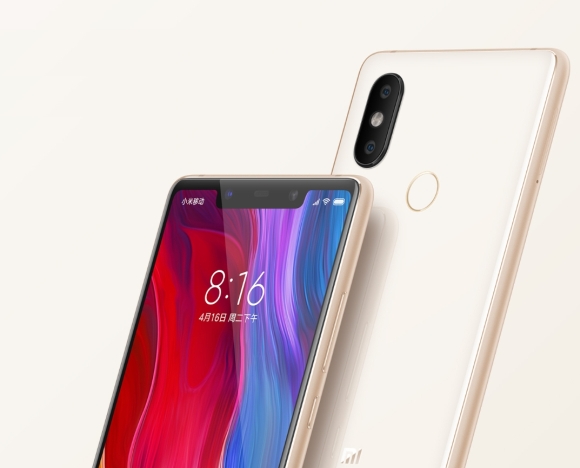
Finally, there’s the “Lite” version of the Mi 8 and it’s called the Mi 8 SE. This particular Mi 8 is almost like a completely different smartphone. The body is now much squarer than the standard Mi 8 and so is its notch.
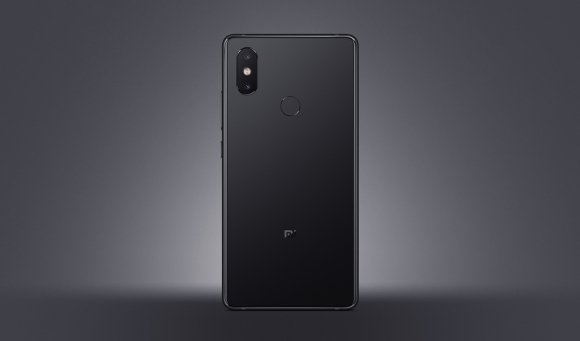
The Mi 8 SE also has a smaller screen, measuring 5.88 inches diagonally but pushes a 2244×1080 pixel resolution (Full HD+) in an 18.7:9 aspect ratio. Besides that, the display is still a Samsung AMOLED panel with brightness of up to 600 nits and a 60000:1 contrast ratio.
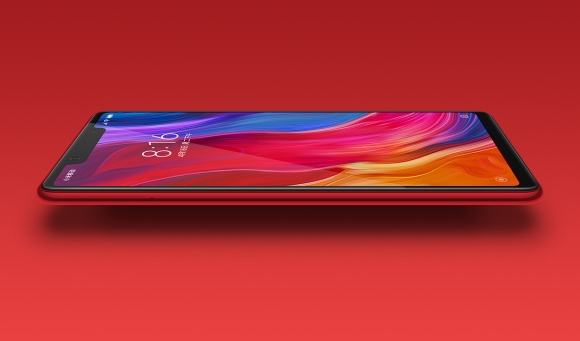
But, the biggest difference is in its processor. Instead of a Snapdragon 845 chip, you’ve got a brand new Snapdragon 710 processor clocked at 2.2GHz with an Adreno 616 GPU. This is the first phone in the world to launch with the Snapdragon 710 and this chip is apparently 20% more powerful than the Snapdragon 660 while also being 30% more frugal in power consumption. That’s good, because the Mi 8 SE only comes with a 3,120 mAh battery cell.

Next, the Mi 8 SE also features a different camera setup with a 12MP f/1.9 + 5MP f/2.0 dual-camera system at the back featuring 1.4-micron and 1.12-micron pixels respectively.
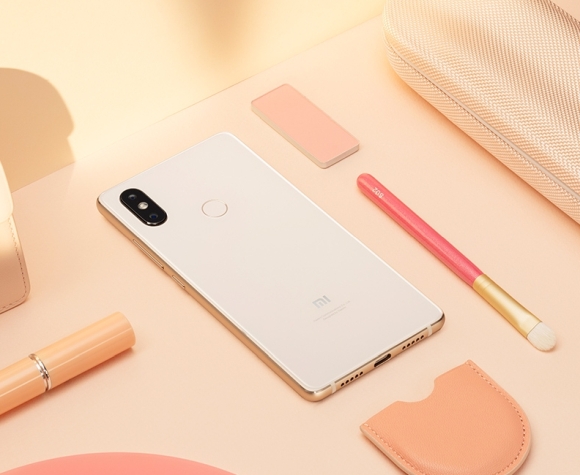
It also has AI scene detection but appears to lack optical image stabilisation, compensating with electronic image stabilisation instead. In front, you’ve got a 20MP 4-in-1 2-micron pixel selfie shooter with AI background bokeh and AI beauty features.
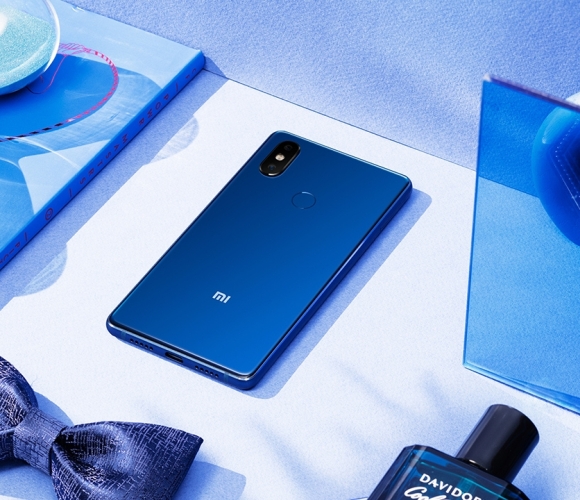
The Xiaomi Mi 8 SE is priced as follows:
Mi 8 SE — 4GB RAM, 64GB storage — CNY1,799 (around RM1,118)
Mi 8 SE — 6GB RAM, 64GB storage — CNY1,999 (around RM1,243)
As a whole, Xiaomi’s new lineup of Mi 8 phones are definitely interesting. I think the Mi 8 Explorer Edition is easily their craziest looking device yet — and that’s including my beloved OG Mi MIX.
That fully transparent back and the fact that you can see the Qualcomm logo takes what HTC was too afraid to do and turns it up to eleven. It’s very stunning. Very nutty. Completely over the top and absolutely awesome.
But why did they have to make it look like an iPhone X as well? I don’t know about you but the iPhone X isn’t the first phone I think of when I think “good-looking devices”.
Looking at photos, it’s a bit of a hit or miss for me right now and that’s unfortunate. I love it but I also low-key hate it. Low-key because, let’s be honest, nobody could completely hate a flagship at that price point with those specs.
But those are my thoughts. What about you guys? What do you think of the Xiaomi Mi 8? Let me know in the comments below.

